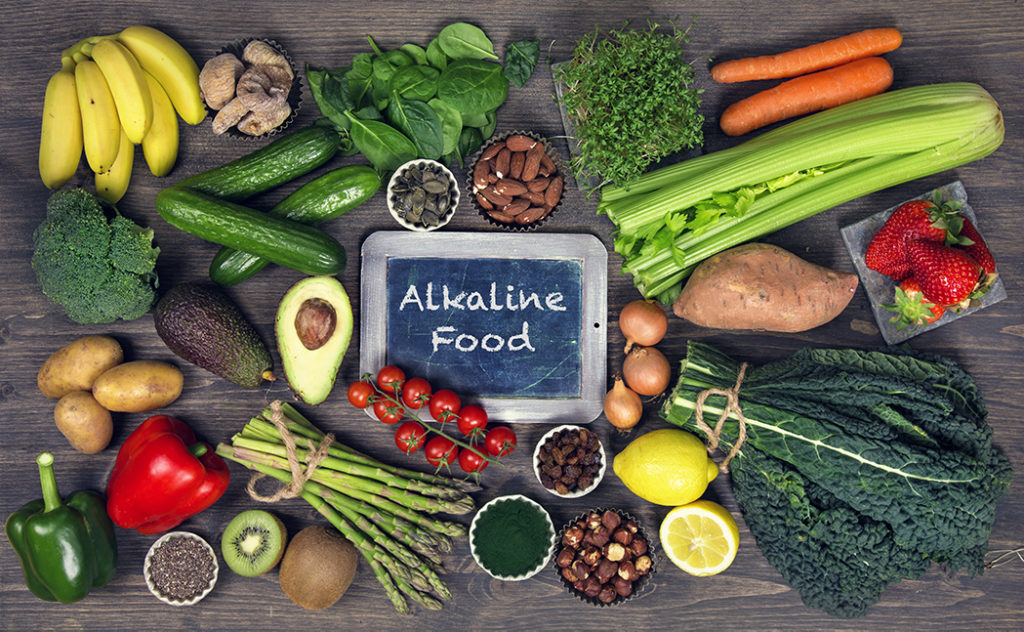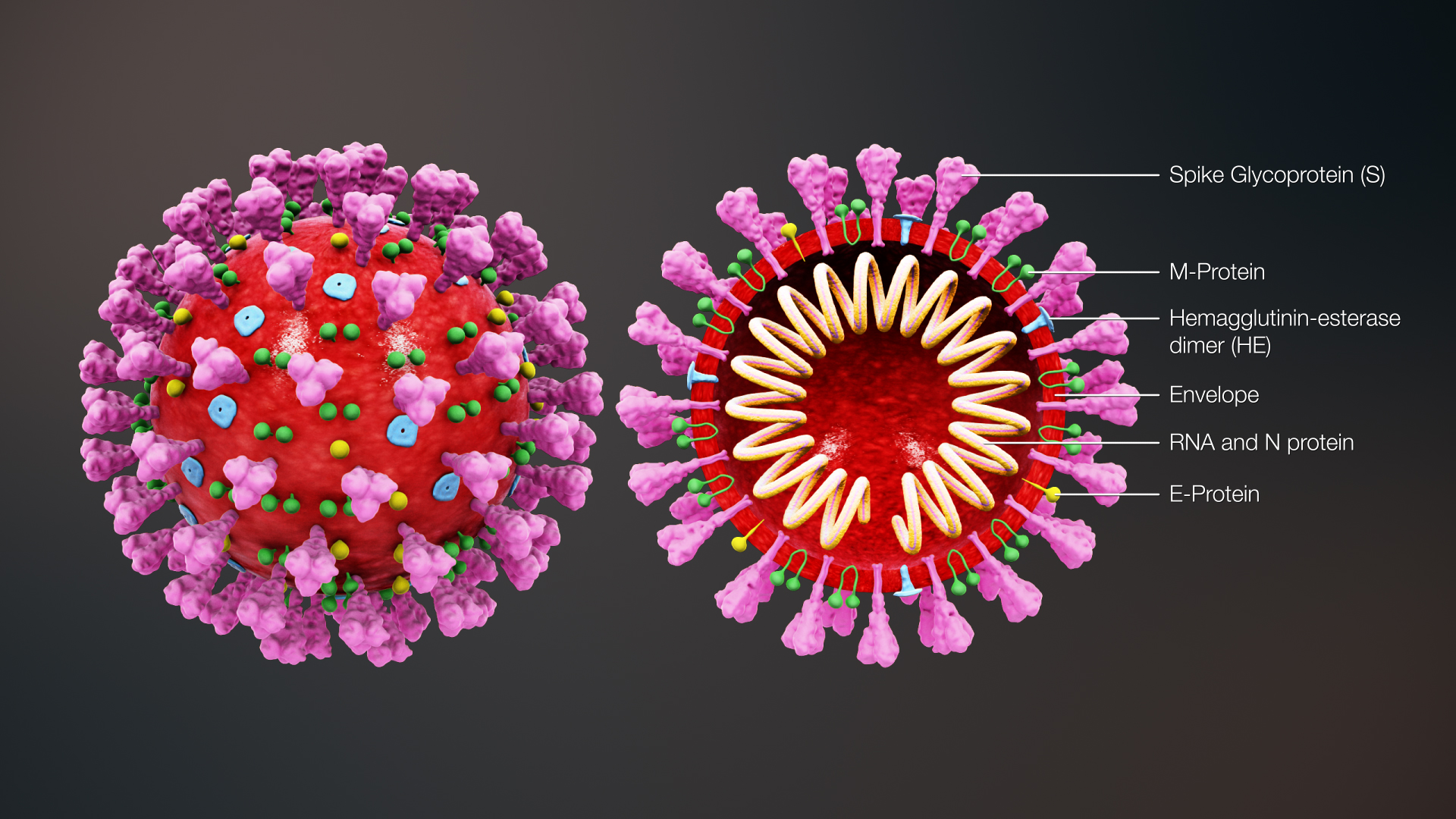What’s all the fuss about developing an alkaline diet?
Most of the foods we eat release either an acid or an alkaline base into our bloodstream after they’re metabolized. Many health experts agree that a diet that contains too many acid-producing foods creates an imbalance in our bodies. This imbalance (or acid state) is believed to make people more prone to illness.
Where does all this acid come from?
Foods like grains, fish, meat, poultry, shellfish, cheese, milk, and salt produce large amounts of acid. While our hunter-gatherer ancestors were sustained by minimally processed plant and animal foods, changes in society, agriculture, and food-processing technology have dramatically increased our consumption of these acid-forming foods.
In addition to eating more refined grains, dairy products, salt, and meat, people are eating fewer fruits and vegetables than they used to, which creates even more of an imbalance.
How do you correct the imbalance?
Our blood should have a normal pH level of between 7.35 and 7.45, which is slightly alkaline. The goal of an alkaline diet is to have the foods of your diet mirror the ideal pH level of your blood. If you’re consuming too many acidic foods, the pH of your body will become too acidic. If you increase the amount of alkaline foods in your diet, your body should get closer to a natural alkaline state.
The goal of an alkaline diet is to create optimal health by eating a diet that more closely resembles that of our ancestors, one that focuses on fresh fruits, vegetables, roots, nuts, and legumes as opposed to highly processed foods.
Signs that you may need to develop an alkaline diet include:
It is believed that the body operates best in a slightly alkaline state. If you’re testing regularly and find that your first morning urine pH is lower than 6.5, you may consider developing an alkaline diet to improve your overall health.
How do you know if you should be testing your pH levels?
- Lack of energy
- Excessive mucous production
- Nasal congestion
- Frequent colds and flu
- Anxiety, nervousness, irritability
- Ovarian cysts, polycystic ovaries, benign breast cysts
- Headache
If you’re experiencing these symptoms frequently, you should talk to your doctor to rule out any serious medical conditions. Discuss the possibility of an alkaline diet with your physician as part of an overall treatment plan.
An alkaline diet basically focuses on increasing your consumption of fresh fruit, vegetables, roots and tubers, nuts, and legumes. A few daily changes can help you alkaline your diet more easily.
Six Tips For Developing An Alkaline Diet
- Drink water mixed with the juice from half of a lime or lemon a few times a day.
- Replace mashed potatoes with yams and sweet potatoes.
- Eat two cups of alkalinizing greens (kale, endive, and mustard, turnip, and collard greens) per day. Try one with lunch and one with dinner.
- Experiment with ways to cook with seaweeds.
- Stick with whole grains like oats, quinoa, and wild rice.
- Eat a serving of fruit at every meal. Focus on lemons and berries whenever possible.
Developing an alkaline diet is an important step toward feeling better and avoiding chronic disease.







